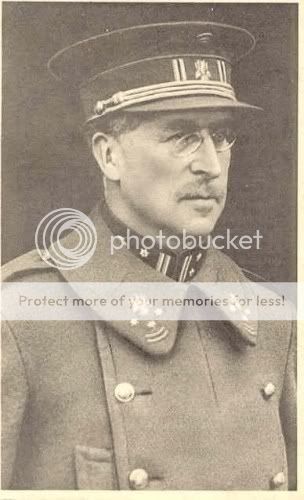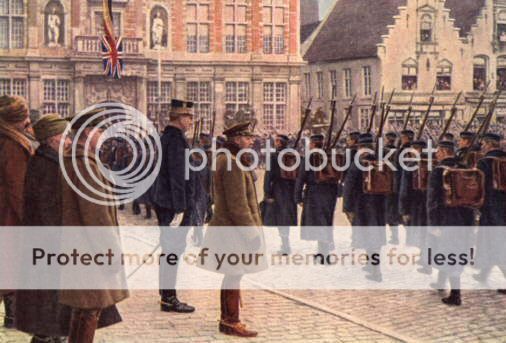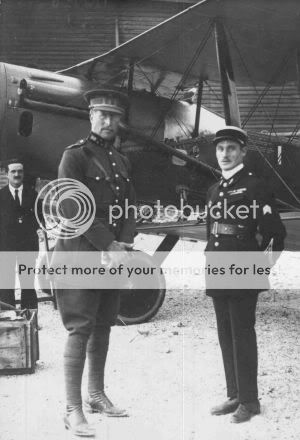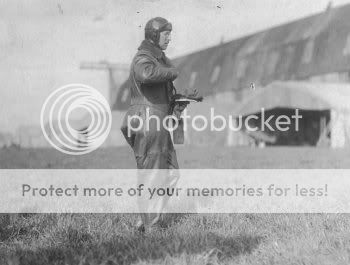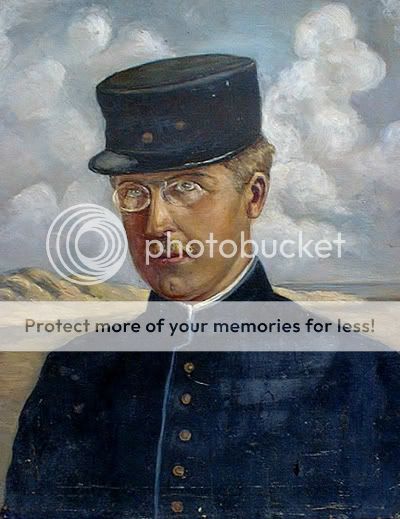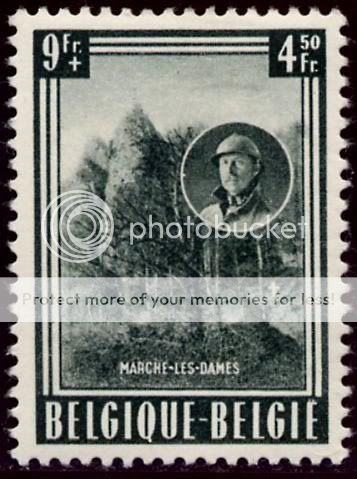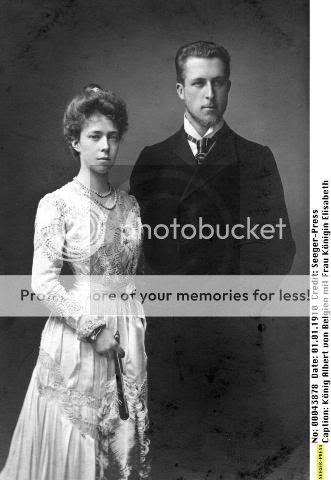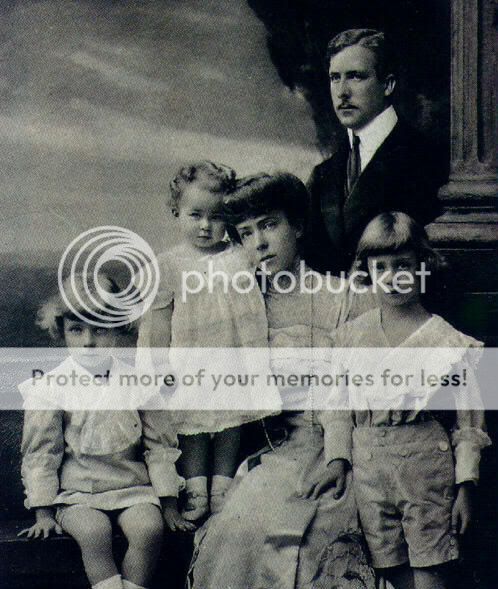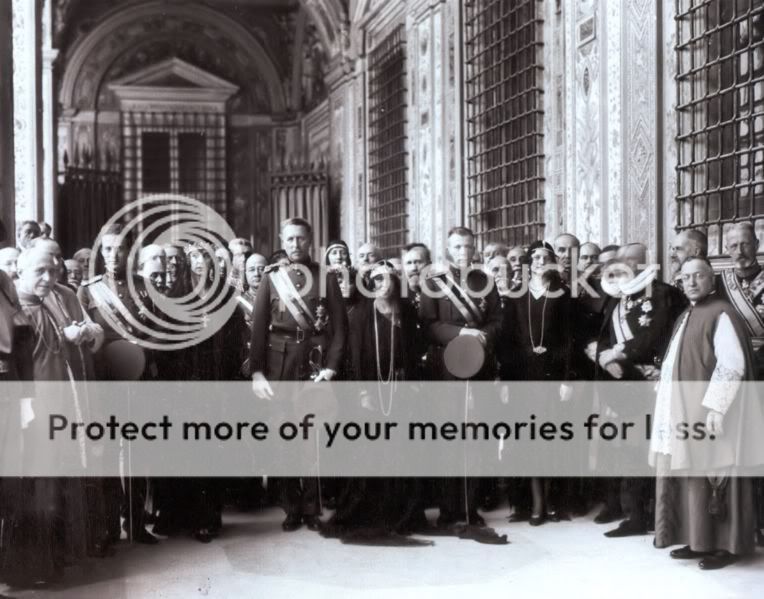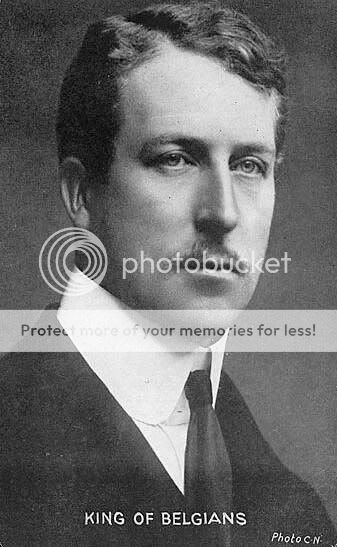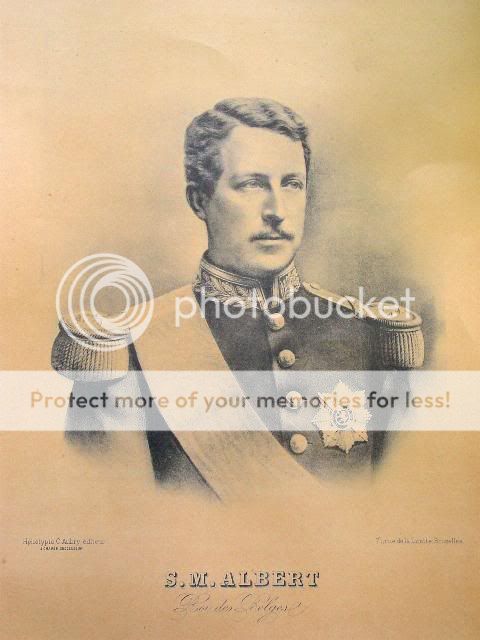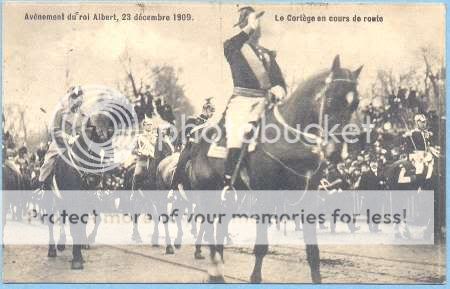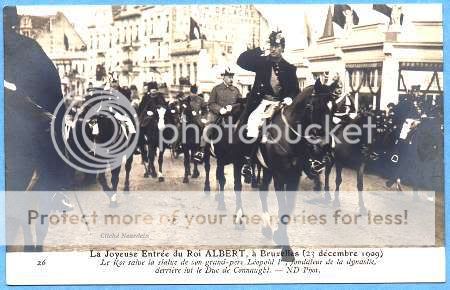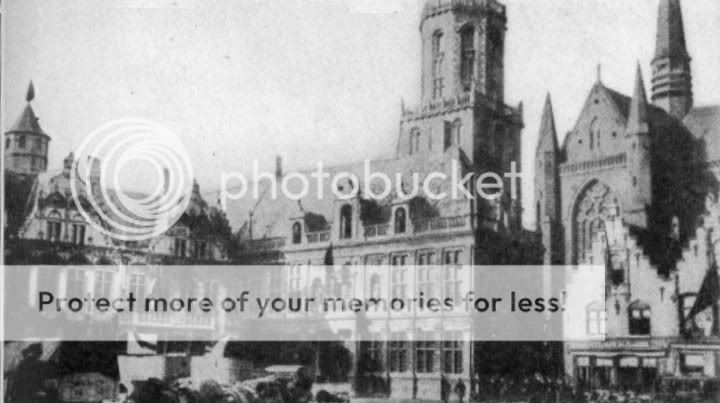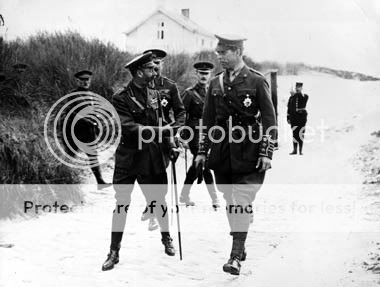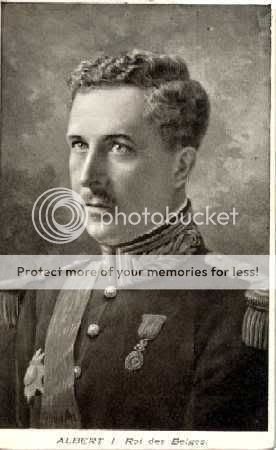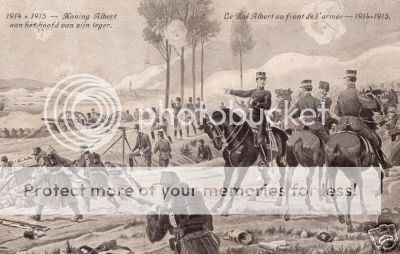- Joined
- Aug 13, 2004
- Messages
- 27,109
- City
- São Paulo
- Country
- Brazil
King Albert I (1875-1934):
This thread is about King Albert I of The Belgians (Brussels, April 8, 1875 – Marche-les-Dames, February 17, 1934)
Parents: Prince Phillipe of Belgium and Princess Maria of Hohenzollern
Wife: Duchess Elisabeth in Bavaria
Children: King Leopold III of The Belgians, prince Charles of Belgium, Queen marie-Jose of Italy
Siblings: Prince Baudouin of Belgium, Princess Henriette of Orleans, Princess Josephine of Belgium, Princess Josephine of Hohenzollern
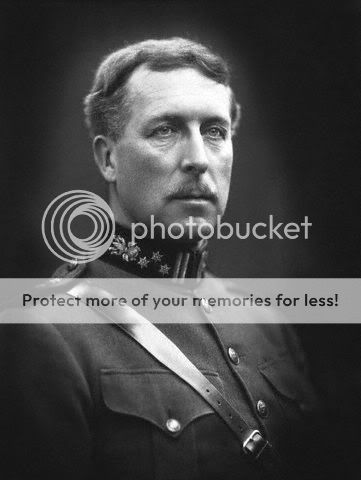
Note that all images posted in this thread by me are free of copyrights, unless stated differently. The TRF policy conserning copyrights has not changed.
This thread is about King Albert I of The Belgians (Brussels, April 8, 1875 – Marche-les-Dames, February 17, 1934)
Parents: Prince Phillipe of Belgium and Princess Maria of Hohenzollern
Wife: Duchess Elisabeth in Bavaria
Children: King Leopold III of The Belgians, prince Charles of Belgium, Queen marie-Jose of Italy
Siblings: Prince Baudouin of Belgium, Princess Henriette of Orleans, Princess Josephine of Belgium, Princess Josephine of Hohenzollern

Note that all images posted in this thread by me are free of copyrights, unless stated differently. The TRF policy conserning copyrights has not changed.
Last edited by a moderator:


